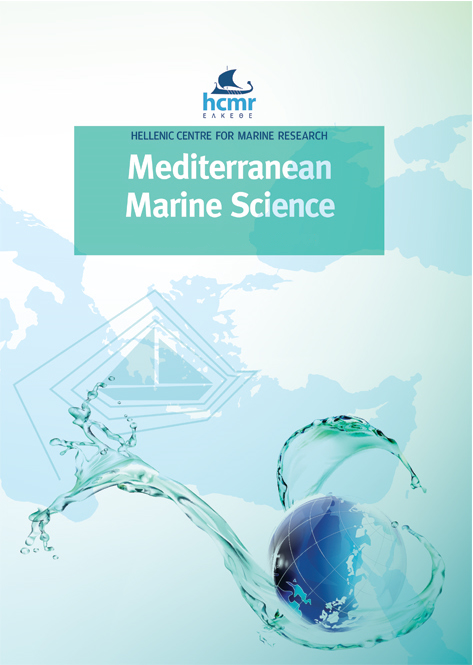An overview of bottom trawl selectivity in the Mediterranean Sea
Resumen
In the Mediterranean Sea, where bottom trawling for demersal species is the most important fishery in terms of landings, around 75% of the assessed fish stocks are overfished. Its status as one of the world’s most heavily exploited seas and the one subject to the highest trawling pressure has become a global concern. An extensive review of bottom trawl selectivity studies was performed to assess the sustainability of this fishery in the Mediterranean; the selectivity parameters were collected from 93 peer-reviewed publications of 10 countries, totalling 742 records and 65 species. The review highlighted that i) the catch of bottom trawls commonly employed in the Mediterranean, even complying with current regulations on codend meshes, still includes immature individuals for 64-68% of the species investigated, and individuals under the minimum conservation reference size (MCRS) for 78% of the species investigated, and that ii) the MCRS set for 59% of the species analyzed is well below their length at first maturity, and is therefore ecologically inadequate. Although square-mesh codends are slightly more selective, the models developed herein demonstrate that improving size and species selectivity would require considerably larger meshes, which may significantly reduce profitability. The urgent need to reduce the biological impacts of bottom trawling in the Mediterranean should be addressed by promoting the adoption of more ecologically sustainable fishing gears through the introduction of more selective meshes or gear modifications.
Article Details
- Cómo citar
-
LUCCHETTI, A., VIRGILI, M., VASAPOLLO, C., PETETTA, A., BARGIONE, G., LI VELI, D., BRĈIC, J., & SALA, A. (2021). An overview of bottom trawl selectivity in the Mediterranean Sea. Mediterranean Marine Science, 22(3), 566–585. https://doi.org/10.12681/mms.26969
- Número
- Vol. 22 Núm. 3 (2021)
- Sección
- Review Article
Authors who publish with this journal agree to the following terms:
- Authors retain copyright and grant the journal right of first publication with the work simultaneously licensed under a Creative Commons Attribution Non-Commercial License that allows others to share the work with an acknowledgement of the work's authorship and initial publication in this journal.
- Authors are able to enter into separate, additional contractual arrangements for the non-exclusive distribution of the journal's published version of the work (e.g. post it to an institutional repository or publish it in a book), with an acknowledgement of its initial publication in this journal.
- Authors are permitted and encouraged to post their work online (preferably in institutional repositories or on their website) prior to and during the submission process, as it can lead to productive exchanges, as well as earlier and greater citation of published work (See The Effect of Open Access).












